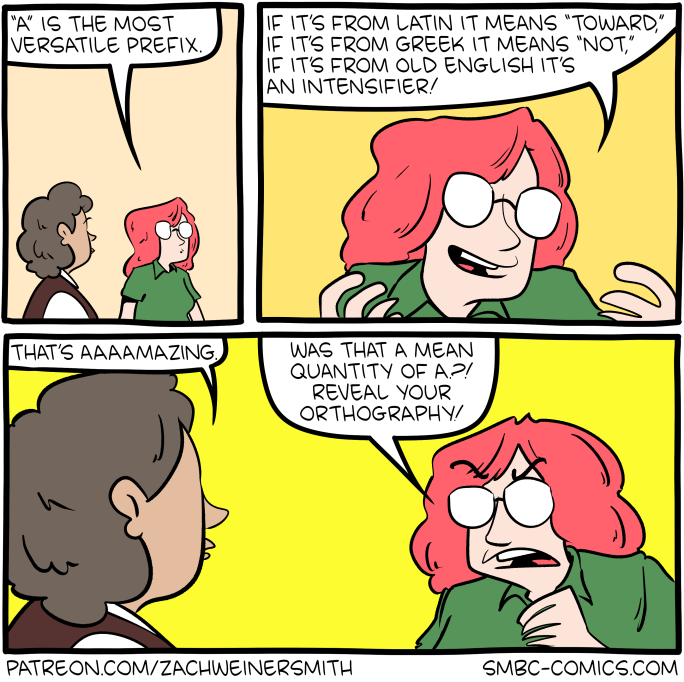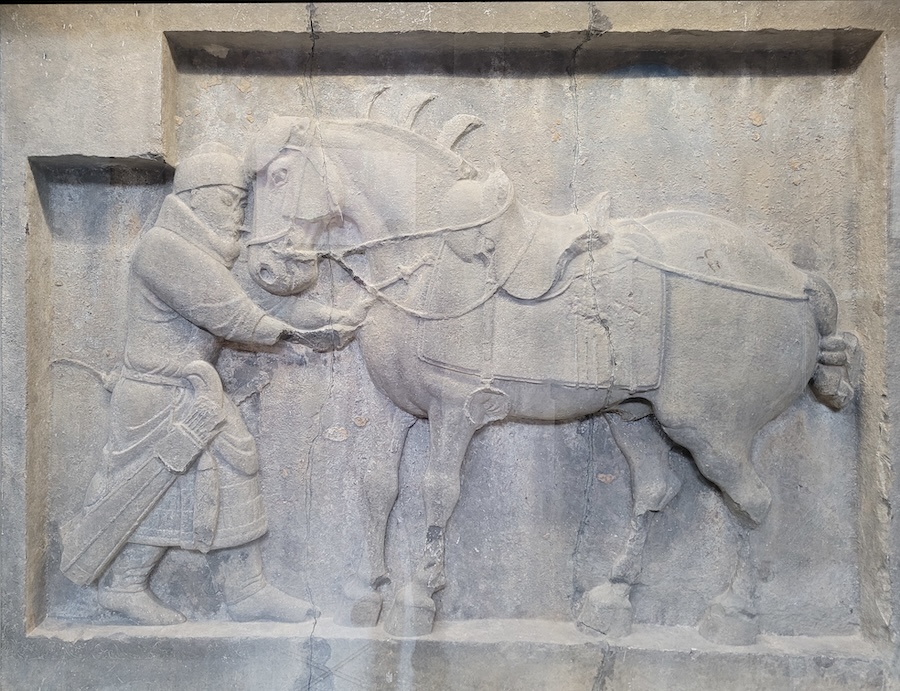The use of the verb positioned in this sentence, part of an article quoted in "'Dutch roll'", puzzled some commenters:
The aircraft remained on the ground in Oakland until Jun 6th 2024, then positioned to Everett,WA (USA), ATS facilities, and is still on the ground in Everett 6 days later.
But there are general processes in English morpho-syntax that validate the sentence as published.
To start with, there are various ways to verbify nouns. In particular, it's common to turn a noun denoting a place into a verb meaning "cause something to come to be in/on/at that place" — as in position N. → position V.
There's also the question of static vs. dynamic placement, which might have suggested "was re-positioned to Everett" rather than "was positioned to Everett" — but a Google search for {"then positioned to the"} demonstrates that the dynamic interpretation of position V. is entirely normal, especially in various technical domains.
Some speculated that this sentence might have been a typo for "was positioned to Everett" — but there's the causative/inchoative alternation involved in things like
(a) The pilot moved the plane to Gate 37.
(b) The plane moved to Gate 37.
Derivational morphology is quasi-regular, so new applications of these various processes tend to become normalized in particular fields, but then surprise outsiders. Which is what seems to have happened in this case…
Read the rest of this entry »

